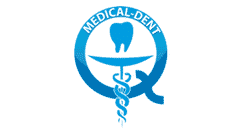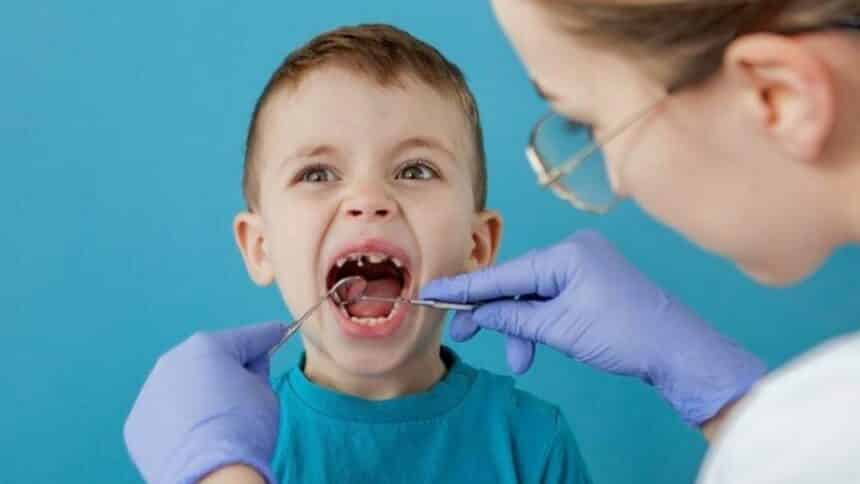Caries is no joke. Especially when it appears at a young age. Unfortunately, some parents still underestimate this problem. This is a very big mistake, which can have serious consequences for the dentition, but also for the health of the child. Importantly, it is possible to get rid of caries in children at an early stage without later complications, but unfortunately - treatment often comes too late.
According to Public Heath England, almost, one in four 5-year-olds struggle with tooth decay. Why is this happening? Many parents still don't realise the importance of looking after milk teeth. Unfortunately, there is still a misconception that milk teeth are teeth that will fall out anyway so there is no point in paying them any attention. The consequences of this approach can be serious and painful for the child and costly for the parent.
If you want to learn more about deciduous teeth we invite you to read our article "How to care for baby teeth and why it's so important".
One of the biggest enemies of deciduous teeth is tooth decay.
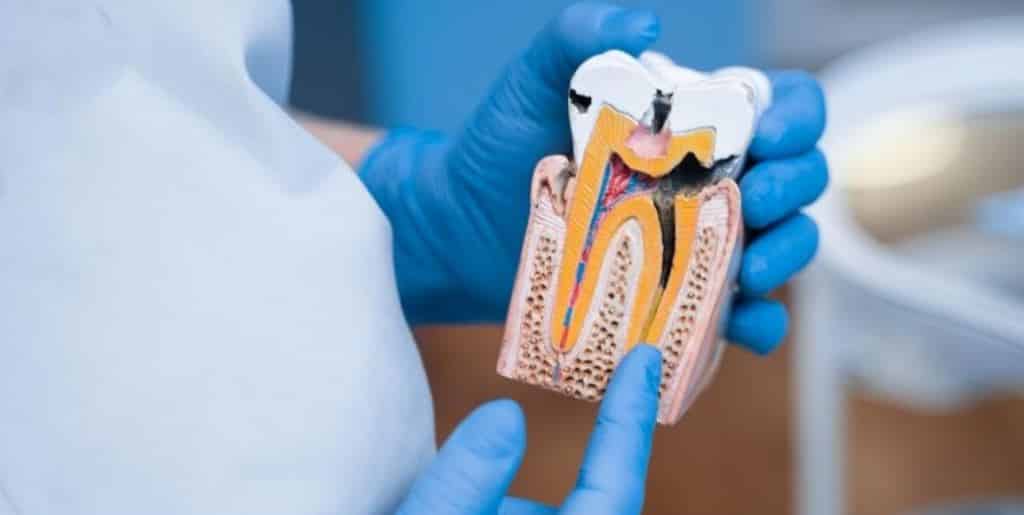
What are the causes of caries in children?
Caries is the result of bacteria from the streptococcus family, which damage the enamel and lead to cavities. These occur as a result of the build-up of food debris on the plaque.
Importantly, milk teeth are less mineralised, thus more susceptible to bacteria. And these can not only multiply in the baby's mouth, but can also be transferred by the parent, for example by licking the dummy or the baby's spoon.
IMPORTANT: Caries is an infectious disease.
It is worth noting that some children are more susceptible to tooth decay. This is genetically determined.
Caries in children - symptoms
The symptoms of caries in children in the early stages are almost imperceptible. At some point, plaque, which is a yellowish build-up that adheres tightly to the child's teeth, will appear. This is a signal to visit the dentist as soon as possible.
This is very important because the next stage in the development of caries There are already dull streaks on the teeth. They are rough and not difficult to distinguish from enamel. Fortunately, the stains do not herald the imminent need to remove the tooth. They are still treatable!
Developed caries in children manifests itself as dark cavities right next to the gums. These can very quickly spread to other teeth, which is why appropriate treatment is so important. In the worst case scenario, it is necessary to extraction of a deciduous tooth.
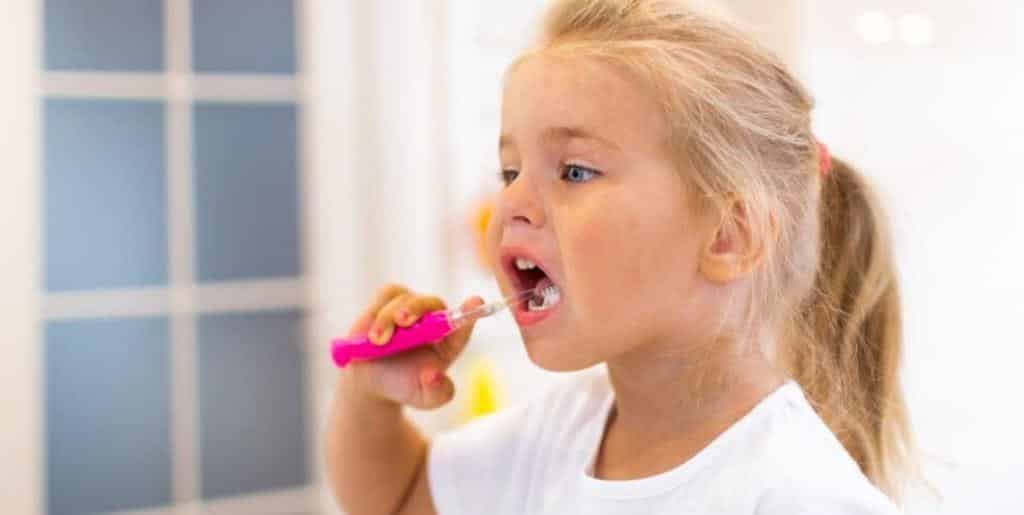
Prevention is better than cure
Prevention is always better than cure, especially when it comes to children. With prevention, you can save your little one unnecessary stress and pain. What do you need to bear in mind?
Firstly, proper oral hygiene. Here a lot depends on you, because it is you as a parent who has to develop the habit of taking care of your child's teeth.
It is important to take care of your baby's teeth before they appear. In infants it is advisable to rinse the gums with boiled water, and when the first teeth appear, daily brushing becomes necessary.
We realise that not every toddler enjoys brushing their teeth, so we've put together an article that may solve this problem if you're struggling - "10 ways to encourage your child to brush their teeth".
Secondly - remember to visit your dentist regularly. The first one should take place when the first tooth appears. This is a great opportunity for the child to see what the surgery looks like, to get to know his or her dentist and not to make bad associations. If the first visit is associated with pain, the child will very quickly develop the association "dentist equals pain" and will avoid subsequent visits.
And if you are wondering what an adaptation visit looks like read our article "Your child's first visit to the dentist in the UK".
Also remember not to give your child food or sugary drinks at night, these coat the teeth. It is better to replace them with a glass of water.
And be sure to limit sweets by replacing them with healthy snacks. We wrote more about healthy eating in our article "Anti caries diet for children".
What if your little one already has caries....
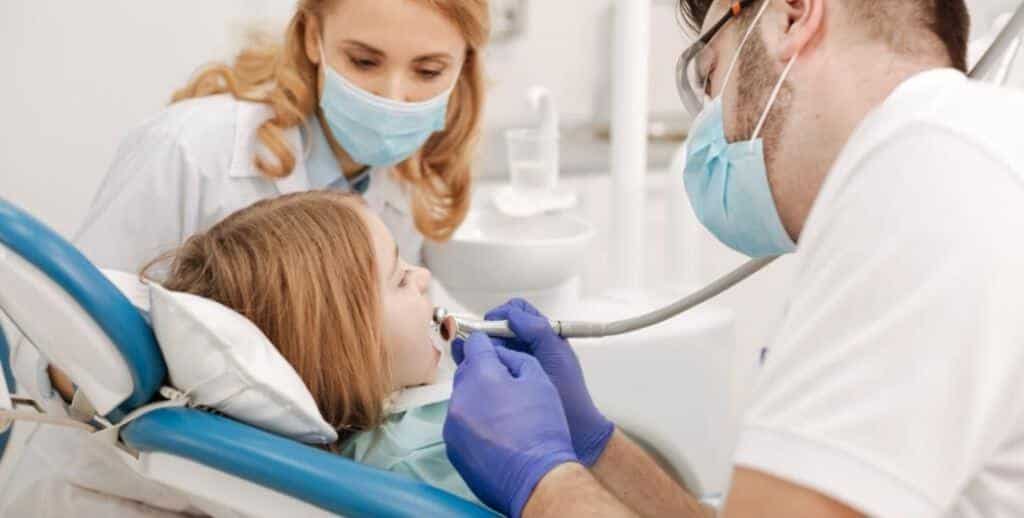
How to treat caries in children?
Treatment depends on the stage of caries development. The earliest ones will only require the use of fluoride toothpaste, as well as fluoridation at the dentist. If you are looking for a dentist in the UK to perform fluoridation -. Call us.
If the caries is at a later stagefluoridation will not help. Here, it will be necessary to remove all cavities, putting fillings in their place.
The ultimate is Tooth extraction, however, is only performed when the treatment no longer makes sense. Premature extraction of teeth may result in malocclusion in the future, which can only be remedied by expensive braces. We wrote more on this subject in our article "Extraction of a deciduous tooth when it is necessary".
As you can see, regular visits to the dentist are very important. Not only will they help to familiarise your child with the surgery, but they will also save him or her pain and future large expenses. It is therefore worth getting your child used to both the dentist and, above all, caring for their teeth from an early age.
